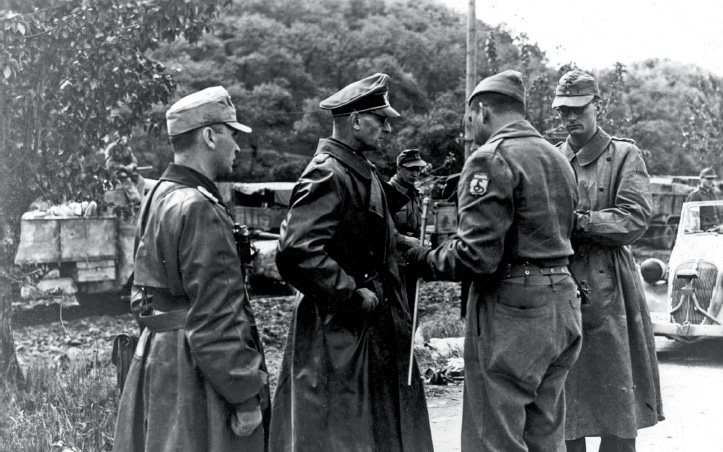
“The exhibition represents the single largest collection of items from the battle ever assembled.”
By Scott Addington, Special to MHN
THE FIRST WORLD WAR is all about massive battles: the Somme, Passchendaele, Verdun, Loos, Amiens. Yet, somehow the Battle of Jutland, which was equal in scope, ferocity and impact as any land engagement, is often overlooked.
That’s about to change, thanks in part to a new joint exhibit in the Portsmouth Historic Dockyard by the National Museum of the Royal Navy and the Imperial War Museums.
Indeed, the curators of the exhibit want visitors to appreciate the significance of the massive naval clash, which was fought in the North Sea on May 31, 1916.
While many may find the show’s tagline, “the battle that won the war,” controversial, the engagement did leave the Kaiser’s High Seas Fleet considerably weaker allowing the Royal Navy to maintain the blockade that eventually brought Germany to its knees.
The museum, which sits in a purpose-build building opposite HMS Warrior boasts 320 artifacts, including many pieces from the private collections of the families of admirals Jellicoe, Sheer and Beatty. In fact, the show represents the single largest collection of Jutland objects ever assembled in one place.
Among the many items on display are Jellicoe’s own uniform, an original telegram to Admiral Sheer from Kaiser Wilhelm II congratulating the naval commander on his victory, as well as an assortment of battle ensigns that flew atop of the mastheads of the ships that fought at Jutland, including a massive 16-foot banner from HMS Bellerophon.
Indeed, size is a recurring theme throughout the exhibition. One of the main things the museum is trying to get across to visitors is the sheer scale of the battle. The raw numbers are staggering: 250 ships, 105,000 men in action, 25 vessels lost, 8,500 men killed. In fact, the number of sailors and ships that took part exceeds the combined strength of all Europe’s navies today.
To help put it all into perspective, the Jutland exhibit draws on the latest in multimedia technology. Large, colourful information displays feature archival photos, stunning battle graphics and cinematic dramatizations of the battle’s key events: like when a British scout plane first catches sight of the German fleet or the view from the bridge of HMS Lion at the very moment she takes a direct hit. Personal accounts from sailors who fought on both sides round out the multimedia portion.
Among the highlights of the Jutland exhibition are three actual guns that saw action at the battle. They include a weapon from the German destroyer B98 and pieces from HMS Opal and HMS Narbourgh.
The final touch to the museum is an augmented reality (AR) tour of HMS Caroline, which currently is open to the public in Belfast. Visitors can download a free app when they enter the museum building and enjoy a 3D virtual tour as they learn key facts about the battle and the ship itself. Designed in conjunction with the clever chaps behind the online game World of Warships, the museum definitely succeeds in bringing history right up to date.
36 Hours: Jutland 1916, The Battle That Won the War opens May 19 and runs through 2019. It’s a must-see for anyone interested in the First World War, fighting ships or history in general.
For more information, visit: http://www.nmrn.org.uk/36-hours
Scott Addington is the author of several books on military history including Heroes of the Line, D-Day: A Layman’s Guide, The Great War 100: The First World War in Infographics. In 2009, Scott cycled the entire Western Front trench system to raise money for the Royal British Legion’s Poppy Appeal. He lives in Hampshire, England. Follow him on Twitter.
is the author of several books on military history including Heroes of the Line, D-Day: A Layman’s Guide, The Great War 100: The First World War in Infographics. In 2009, Scott cycled the entire Western Front trench system to raise money for the Royal British Legion’s Poppy Appeal. He lives in Hampshire, England. Follow him on Twitter.
























